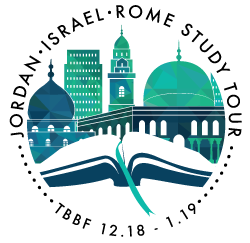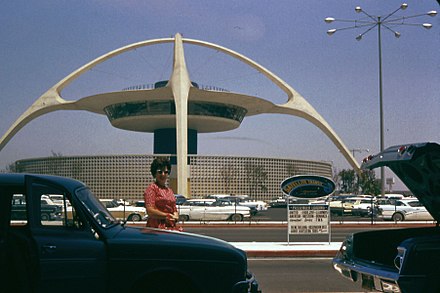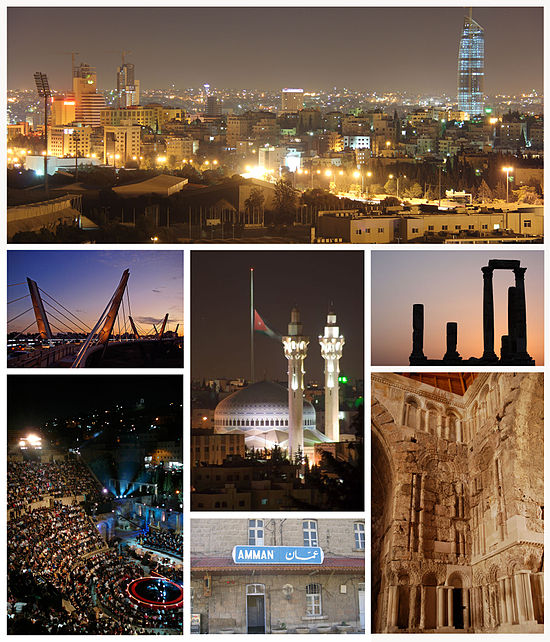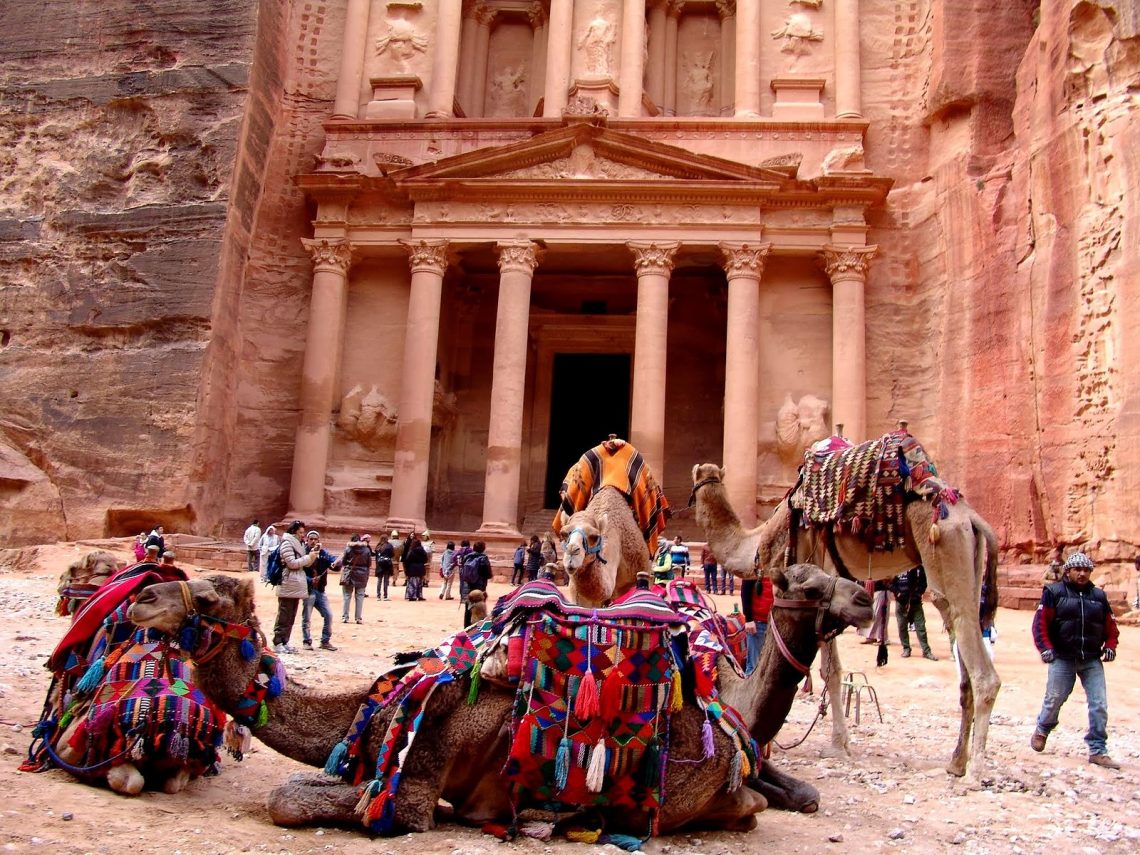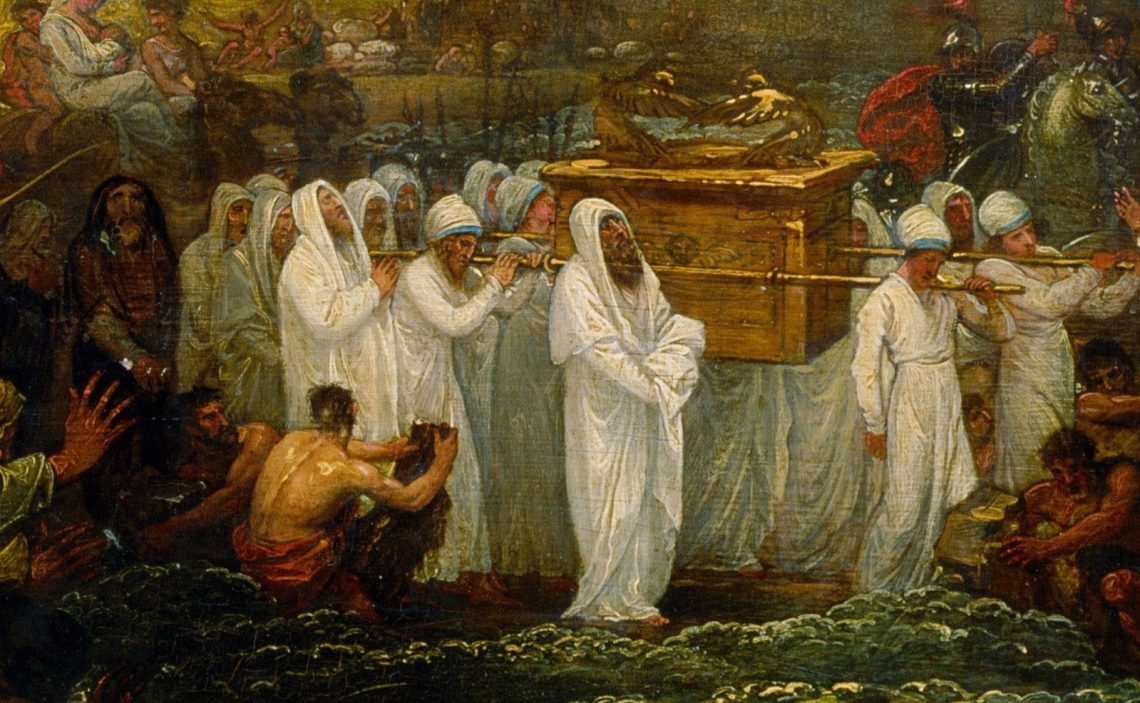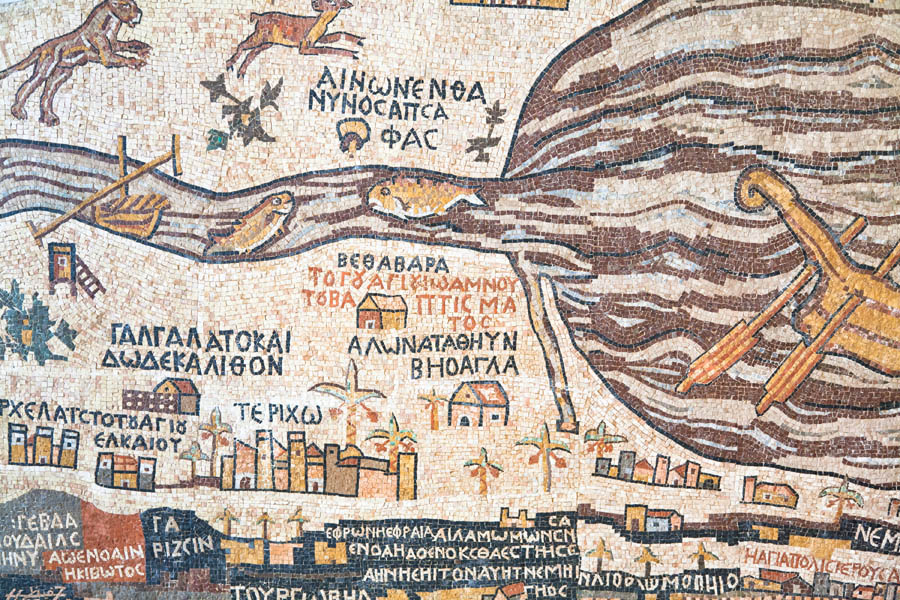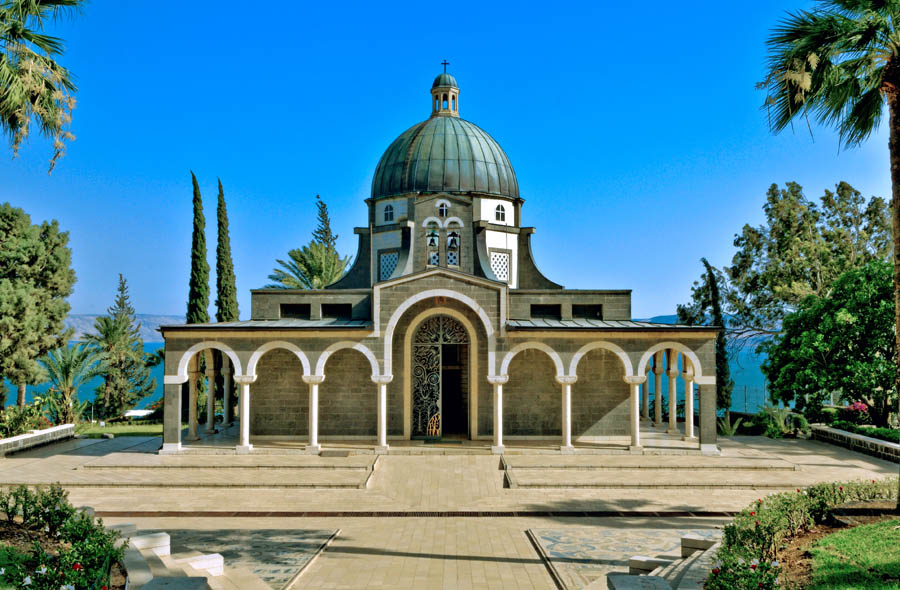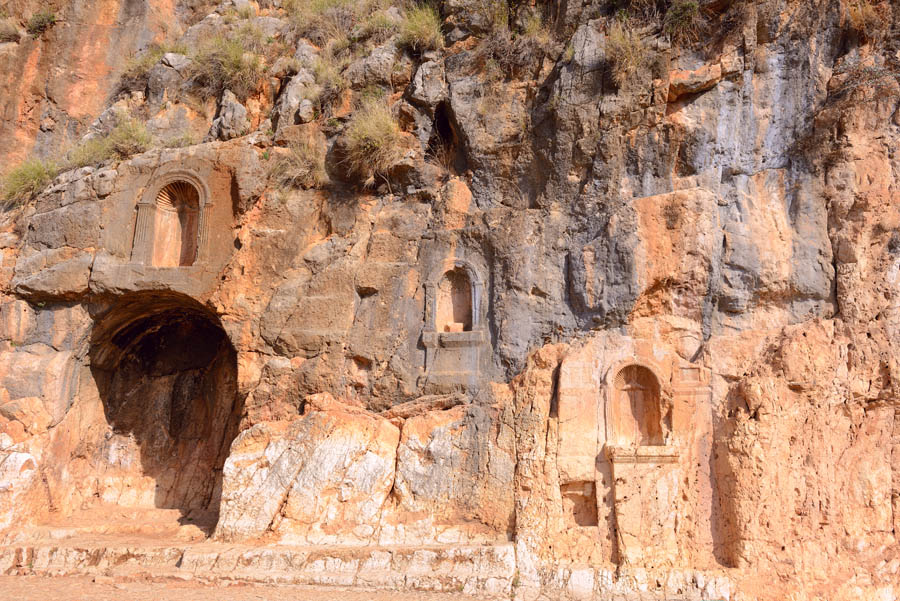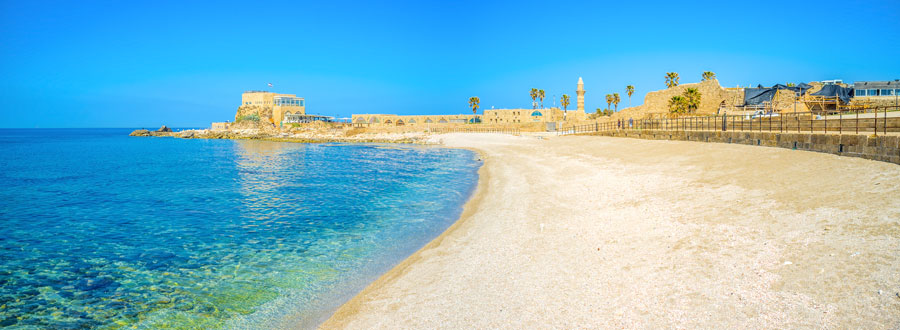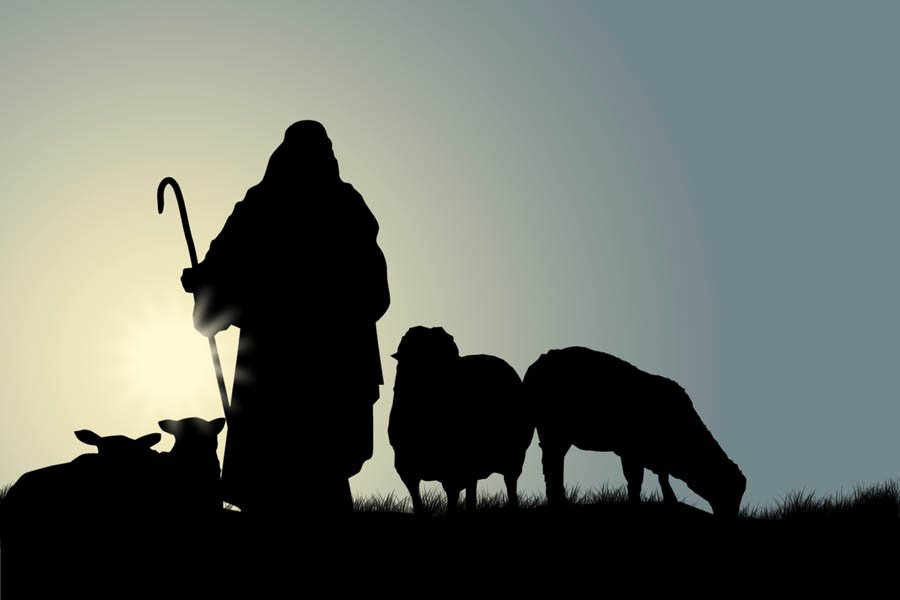There are now less than two months left before we leave on a trip that is sure to be life-transforming. We are going to see so many sights, sounds and smells! The things that we see will, no doubt, have a long-lasting impact on each one of us in profound ways. It is the desire of Pastor Paul Brown and me (Pastor Randy Leinen) that this will not just be another great vacation for you. We want it to change your life! The opportunity that you have before you is to see the places of the Bible. You are going to walk where the people of the Bible walked. You’re…
-
-
Day 2 – Arriving in Amman, Jordan
Welcome to the Israel 2018 Travel Blog! We will all be very happy to arrive in Amman, Jordan, after long flights from Los Angeles! A nice rest for all of us, at a hotel in Amman, will prepare us for our first day of sightseeing! What will we be seeing here in Amman? Not much, unfortunately. It’s merely our overnight stopping point before a long bus ride on the King’s Highway, to Petra! But is there any historical significance to Amman, the capital city of Jordan? Of course, there is! Read on and find out about the Amman’s Biblical Significance, Historical Background, and some of my final thoughts about it. Biblical…
-
Day 3 – Journey to Petra
Today after breakfast and a few hours bus ride, we will be visiting one of the “7 Wonders of the Modern World.” It’s the ancient city of Petra. The city is an ancient Edomite and Nabatean capital. The Bible refers to this area as “Sela.” and it is located about 170 miles south of Amman, 50 miles south of the Dead Sea. Aptly named, much of the city is carved into sandstone cliffs. In 2 Kings 14:7 and 2 Chronicles 25:5-16 the story is told of King Amaziah’s victory over the Edomites and the city of Sela. This took place around 800 BC. It’s a sad story of one of the…
-
Day 4 – Bethany (Beyond the Jordan) & The Dead Sea Spa
Today as we leave Petra, we will be driving north along the Dead Sea Road and will make our way to Bethany Beyond the Jordan. Here, we will have an opportunity to be baptized in the place where many believe that John the Baptist lived and baptized Jesus. We will learn of Jesus’ baptism as it is discussed in John 1:19-34. There are three other important biblical events which traditionally may have happened at this location or else nearby. The first, is a very important event in the history of Israel – Joshua leading Israel as they crossed the Jordan river into the promised land (on dry ground). In Joshua…
-
Day 5 – Mt. Nebo, Border Crossing, Galilee (Video)
Madaba and its Map More than a million pieces of colored stone and glass lie on the floor of a church in the Jordanian city of Madaba. This unique art treasure was designed in the middle of the 6th century, located in the Greek Orthodox Church of St George which has been built over it. The original map is 15.5 by 5.5 meters covering an area from Lebanon in the north to the Nile delta in the south. It is the one of the most accurate maps of the Holy Land from ancient times. Uniquely, the map is oriented towards the east with the Jordan river flowing across the map…
-
Day 6 – Galilee 1st Full Day (Video)
Church of the Beatitudes This octagonal church was built to commemorate the eight Beatitudes in Jesus’ Sermon on the Mount. This is the traditional location where Jesus taught this sermon overlooking the Sea of Galilee. The suggestion of this hill for the location of the sermon is a good one. Once known as Mt. Eremos, this hill is located between Capernaum and Tabgha and is just above the “Cove of the Sower.” This spacious hillside provides much room for crowds to gather, as evidenced by preparation for 100,000 Catholics who observed mass nearby with the Pope’s in March 2000. Inside the church the sisters encourage you to sing, to enjoy the…
-
Day 7 – Hazor, Tel Dan, Golan Heights (2nd Day)
Hazor The tell of Hazor is today the largest archaeological site in Israel at 200 acres. It was an ancient Canaanite and Israelite city located in the upper Galilee region of Israel, assigned to the tribe of Naphtali (Josh 19:36). Located along the route from Damascus to Megiddo, Hazor had strategic importance. The earliest reference to Hazor dates to the late 19th or 18th century BC. It may have supported a population of 40,000 during the Bronze Age. The Bible first introduces Hazor in the context of Israel’s conquest of Canaan. Joshua 11:10 refers to Hazor as “The head of all those kingdoms”. The Israelites defeated the Canaanites, killed Jabin,…
-
Day 8 – Nazareth, Megiddo, Coastline
Nazareth A Byzantine church was built over the place where it is believed that the angel Gabriel announced the birth of Jesus to the virgin Mary. In 1966 the Roman Catholic Church began constructing a new basilica over these remains and today this church is the largest church building in the Middle East. The Greek Orthodox Church nearby is built over the town’s water source. Jesus spent his boyhood years in Nazareth before beginning his ministry when he was about 30. After moving his home to Capernaum, Jesus returned to teach in the synagogue of Nazareth twice more, but was rejected both times. On one occasion the townspeople were so…
-
Day 9 – Jerusalem (1st full day)
Mt. of Olives Mt. of Olives: Also known as Mt. Olivet, this mountain range actually has 3 peaks running on the eastern side of Jerusalem. It is named for the many olive groves that line its slopes. On the slope running down to the eastern wall of the city is a Jewish cemetery that has been in use for over 3000 years, and contains 150,000 graves. Included are graves traditionally assigned to Zechariah, Absalom, Haggai, and Malachi. Jewish tradition holds that those buried closest to Messiah when he appears will rise first. From the Mt. of Olives we can see Temple Mount, and the walls of the City of David.…
-
Day 10 – Jerusalem (2nd day)
Western Wall Judaism’s holiest place is the Western Wall in the Old City of Jerusalem. Part of the retaining wall erected by Herod the Great in 20 BC to support the vast plaza on which he rebuilt the Temple, it is venerated as the sole remnant of the Temple. The wall and the plaza in front of it form a permanent place of worship, a site of pilgrimage for Jews and a focus of prayer — often petitions written down and placed between the huge stones. The Jewish name for the wall is the Kotel. Orthodox Jewish men, fully bearded and garbed in black, bowing their heads as they read…
